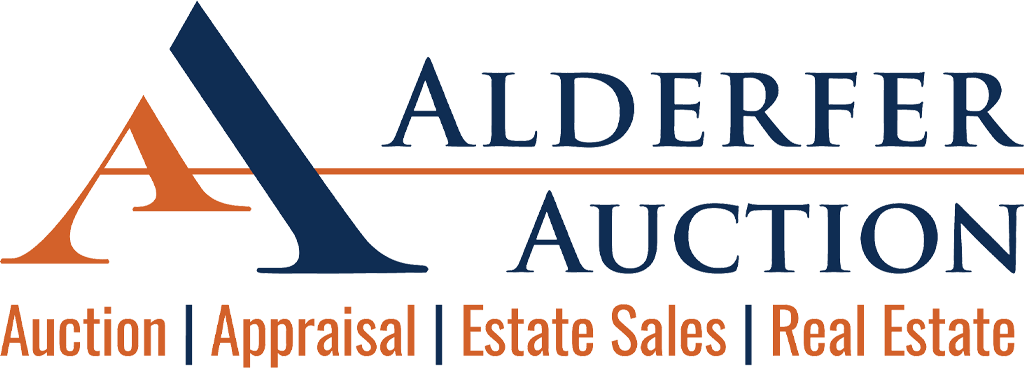HOW DO APPRAISERS VALUE PROPERTY?

One common misconception about the valuing of property-whether it be real, personal, or business, is that the appraiser just “knows” the value, either based on their experiences in the field or their educational training, and possibility the ownership of a special “blue book.” Although there is a miniscule fraction of truth to that belief, it is altogether far simpler and yet far more complex than that.
An appraiser doesn’t guess, doesn’t usually use formulas, nor do they pull numbers out of a hat. Instead, they have a tool bag that contains three methodological aids that can be used in every assignment. They are like pathways or maps through a dangerous jungle which must be followed carefully to survive the pitfalls encountered on this journey.
The correct phrase for these tools is “approaches to value.” Every appraiser, every appraisal organization, and every appraisal course stipulates and will expound in great detail on these approaches, for they are our professional trail guides. No appraisal will be correct without using them and then disclosing them in any report (oral or written).
Fortunately, there are only three. Easy to remember and universally accepted. They are the cost, sales comparison, and income approaches to value.
The cost approach to value dictates that the appraiser seek or find “price tags” or “cost estimates.” These are estimates of what it would cost to produce or reproduce a property or to purchase the identical or very similar item in a particular setting. Often an item can be replicated, either by an artist, craftsman, or builder at a set price to achieve both the look and function of the original piece. When a suitable equivalent can be found, that is defined as production, since it may not be identical to the original. Often these pieces can be found already made in retail markets. The prices listed for those items are used to enumerate appraised value.
The sales comparison approach to value uses actual sale transactions in the marketplace to analyze and evaluate the physical and value characteristics between the original and the discovered sales to determine a value. Basically, the appraiser seeks consummated sales, very often at auction, to contextualize and form a value conclusion. The key word is ”sales”-meaning actual events that have occurred, not listings or estimates.
The third approach, the last, is called income. This is closer to an accounting process and bases the present worth of an item on future earnings or an income stream. This method is used for investment property, i.e. property held with the anticipation of generating income. This calculation is done through capitalization of the future annual net income expected to be earned during its remaining useful life. This approach does use a formula, called the “present worth formula,” one more familiar to business accountants and planners.
Each appraisal assignment has an intended use (what the client will do with the appraisal). These could include obtaining a charitable contribution, paying estate taxes, dividing up matrimonial property, scheduling property for insurance coverage, settling an insurance damage claim, etc. Each one of these uses a corresponding value or cost which the appraiser must use. (It is the appraiser’s responsibility to know which value or cost is appropriate for each individual function.)
For an estate tax or charitable contribution, the appraiser must provide FMV (fair market value) of the property. This is set by regulation. For insurance coverage, the appraiser uses replacement cost/value. For bankruptcy the value sought is called “forced sale or forced liquidation.” Using the improper value term and definition will invalidate the entire process.
Once the intended use is stated and the definition of value/cost chosen, the appraiser must then value the property. This is done through the correct employment of the approaches to value. An appraiser may use one, two, or all three approaches, depending on the property, the intended use, and whether their use will lead to credible results.
The choice is usually obvious. A replacement cost appraisal will usually use the cost approach. Whereas the determination of fair market or market value will use the sales comparison. Potential sale of an item, divorce property settlement, or bankruptcy will also use the sales comparison approach, although the marketplace selection for specific comparable sales will be different. An appraisal for stock of a rental company or damage claim on a lithographic stone will use the income approach.
There are many instances when two approaches might be necessary for credible results. It is the appraisers’ job to select and defend the proper choice. All three require research and analysis of market data and market events. The appraiser will use the choice in making a value determination and reporting back to the client. Their report will explain which approach was chosen and why and which approaches were not utilized and the reasoning behind the decision.
Appraisers value property in a logical and reasonable manner. It is not an art, but a science, a professional endeavor that relies upon education, training, and proper use of methodological tools.










